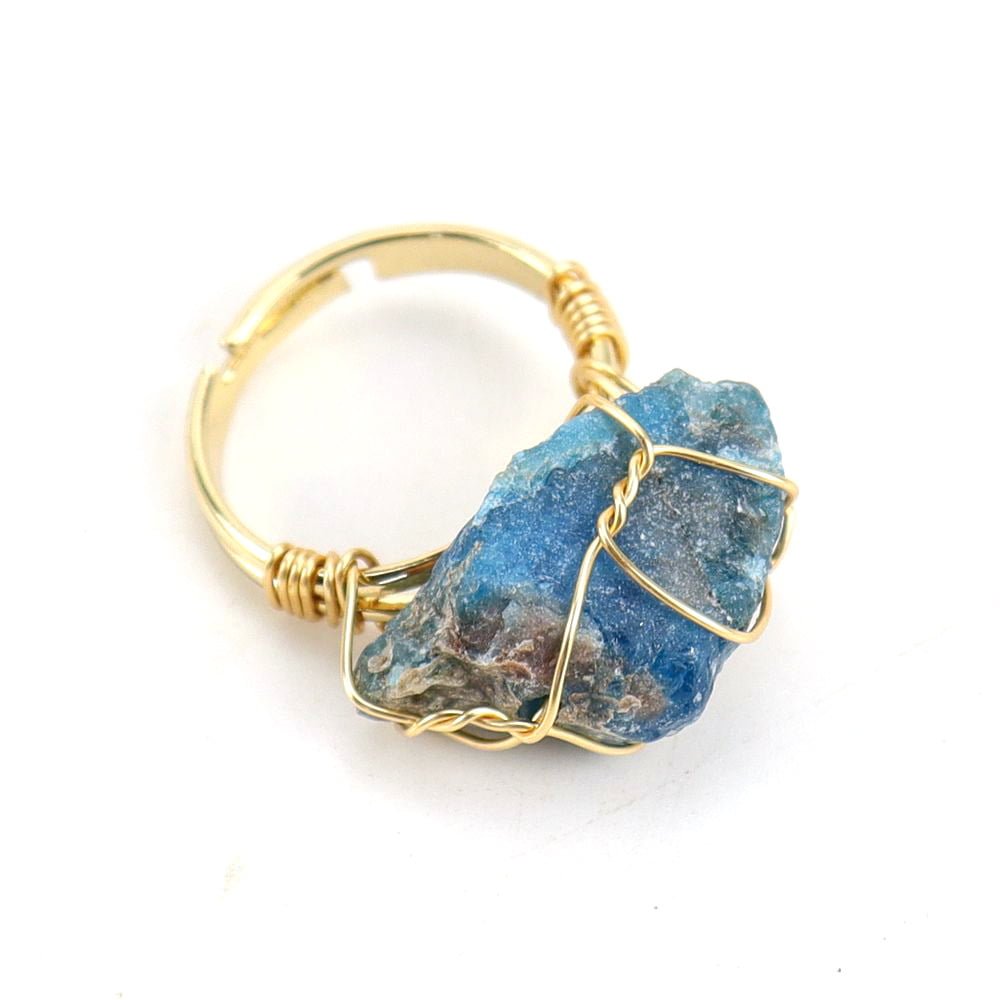The Mystique of Magic Rings: Unraveling the Enchantment of Fictional Jewelry

Magic rings have long held a special place in the realm of literature and cinema, captivating audiences with their mystical properties and symbolic significance. From ancient legends to modern fantasies, these enchanted bands of metal have served as powerful artifacts, imbued with extraordinary powers and often serving as key plot devices. In this article, we will delve into the allure of magic rings, exploring why they are frequently depicted as possessing special magic or functions, and we’ll highlight the ten most famous magic rings and their respective characteristics.
The Symbolism of Rings
Rings have historically been imbued with symbolic significance in various cultures and mythologies. As circular objects with no beginning or end, they represent eternity, unity, and infinity. Additionally, the act of wearing a ring can signify commitment, authority, or membership in a particular group or lineage. These symbolic associations provide a fertile ground for writers and filmmakers to infuse magic and mystique into their narratives.

Why Rings?
The choice of rings as vessels for magic or special functions in literature and cinema can be attributed to several factors:
- Portability: Rings are small and easily wearable, making them convenient vessels for magical powers or enchantments. Unlike larger artifacts such as swords or staffs, rings can be discreetly worn and carried by their owners, allowing for subtle manipulation of magical forces.
- Accessibility: Rings are commonplace in human culture, worn for adornment or symbolic purposes. By imbuing a ring with magical properties, storytellers can weave fantastical elements into everyday objects, blurring the line between the mundane and the extraordinary.
- Symbolic Significance: As mentioned earlier, rings carry deep symbolic meaning, making them ripe for exploration in narratives exploring themes of power, destiny, and transformation. The circular shape of a ring also mirrors the cyclical nature of magic and the universe, further enhancing its allure.
- Visual Appeal: The image of a gleaming ring, adorned with intricate designs and precious gemstones, evokes a sense of wonder and enchantment. In visual mediums like film, the iconic image of a magic ring can serve as a visual shorthand for the presence of supernatural forces or otherworldly realms.

The Ten Most Famous Magic Rings
Now, let’s explore the ten most famous magic rings in literature and cinema, each with its own unique characteristics and contribution to the rich tapestry of fantastical storytelling:
- The One Ring (The Lord of the Rings by J.R.R. Tolkien): Perhaps the most iconic magic ring in literature, the One Ring grants its wearer immense power but also corrupts them with its malevolent influence. Its destruction becomes the central quest of Tolkien’s epic saga.
- The Ring of Gyges (Greek Mythology): In Plato’s Republic, the Ring of Gyges grants its wearer invisibility, allowing them to act with impunity. The story raises philosophical questions about morality and the corrupting influence of power.
- The Green Lantern Ring (Green Lantern Comics): Each member of the Green Lantern Corps wields a power ring that grants them the ability to create constructs out of pure willpower. These rings are considered among the most powerful weapons in the DC Comics universe.
- The Ring of Solomon (Jewish Folklore): According to legend, King Solomon possessed a magical ring that allowed him to control demons and spirits. The ring’s inscription, “There is nothing new under the sun,” reflects Solomon’s wisdom and mastery over the natural and supernatural realms.
- The Ring of Power (Wagner’s Ring Cycle): In Wagner’s epic opera cycle, the Ring of Power grants its bearer dominion over the world but ultimately brings about their downfall. The cycle explores themes of greed, ambition, and the destructive nature of power.
- The Ring of Fire (The Wheel of Time series by Robert Jordan): Wielded by the character Rand al’Thor, the Ring of Fire grants its bearer control over the element of fire and serves as a symbol of his destiny to battle the forces of darkness.
- The Ring of Winter (Dungeons & Dragons): A powerful artifact in the world of Dungeons & Dragons, the Ring of Winter grants its wearer control over cold and ice, as well as the ability to summon blizzards and freeze enemies.
- The Ring of Barahir (The Silmarillion by J.R.R. Tolkien): A cherished heirloom of the House of Beor, the Ring of Barahir is bestowed upon Beren by Finrod Felagund as a token of friendship and alliance. It becomes a symbol of love and sacrifice in Tolkien’s legendarium.
- The Crimson Bands of Cyttorak (Marvel Comics): While not a traditional ring, the Crimson Bands of Cyttorak are mystical restraints created by the demon Cyttorak. They are invoked by Doctor Strange and other sorcerers to bind their adversaries.
- The Ring of Mephistopheles (German Folklore): In the legend of Faust, the protagonist makes a pact with the demon Mephistopheles and receives a magical ring that grants him supernatural powers. However, like Faust’s deal with the devil, the ring comes with dire consequences.

Conclusion
Magic rings occupy a special place in the pantheon of enchanted artifacts, serving as conduits for supernatural forces, symbols of power and destiny, and catalysts for adventure and transformation. Whether wielded by heroes or villains, these mystical bands of metal continue to captivate audiences with their allure and mystique, inviting us to embark on fantastical journeys into realms of wonder and enchantment. As we explore the rich tapestry of literature and cinema, let us marvel at the timeless fascination of magic rings and the stories they inspire.

